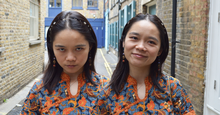Archetypes Are Oriented Around a Core Quality
Oh no, Creator is a low archetype for me, does this mean I’m not creative?
Caregiver is at the bottom of my profile, am I cold and uncaring?
I’m surprised Sage is not an active archetype for me because the people in my life consider me very intelligent.
Over the years, I have heard comments like these from clients, workshop participants, and researchers. They speak to a common misunderstanding of the archetypal characters in the PMAI® system. People accurately and intuitively understand that the archetypes symbolically represent universal human qualities. A common misunderstanding though is if an archetype is not active in your Archetype Profile, then you are lacking the core quality it represents. Having an archetypal character rank low in your Profile does not mean you are lacking that quality but indicates you are not identified with it and likely not accessing it, at least not with ease.
The 12 archetypal characters are oriented around a core quality found in all human beings; addressing the questions above, we all have the potential to be creative, caring, and intelligent. A key to understanding the archetypal characters is that each one symbolically orients its identity and life around that core attribute. That is, each character is shaped and marked by their identity with the attribute that defines them.
The Creator puts creativity at the center of their identity and their life, but this does not mean that Creator is the only archetype with creative ability. Every archetype is creative in its own way, but creativity is not the core quality of each one. If Creator is low on your Archetype Profile, think about how you do express creativity, i.e., are you intellectually original like a Sage? Are you disruptive of tradition like a Revolutionary? Is creativity expressed as an appreciation for beauty in design or style choice, like a Lover?
It is similar when we consider the Sage and intelligence; all archetypes have their specific intelligence but for a Sage intellectual prowess is at the core of their identity and drive. If Sage is not an active archetype for you, how do you express your intelligence? Do you have the practical wisdom of the Realist? Do you rely on the hidden intuitive knowledge of the Magician? Or perhaps you draw on the imaginative intelligence of the Idealist?
Let’s address the Caregiver being at the bottom of the Archetype Profile, which often makes people feel as though they are somehow cold or uncaring. In another article on Storywell, I wrote about the Caregiver archetype reliably being one of my lowest archetypes every time I take the PMAI instrument. And yet for years I was the primary caregiver for my sister who was seriously injured and I found this role rewarding. But then, why is it at the bottom of my Profile? Because the core quality of the Caregiver character—nurturing others—is not what my life is oriented around. My caregiving for my sister was channeled through the Warrior archetype, which is higher in my Archetype Profile. I stand at the ready to support my sister in her fight to reclaim her life from an almost overwhelming injury. I am not identified with Caregiver; I identify as a Warrior who helps the people I care for to fight adversity and reclaim their strength and autonomy.
Archetypes that fall into the bottom part of our Profile do not mean we do not have access to their gifts; often it means we do not identify with that archetype and do not orient our life around their attributes. The 12 PMAI archetypes represent essential qualities of all human beings: you and I have all of them within us to some degree. We may be expressing the drives of lower archetypes through favored, higher scoring archetypes. Thus, within us is the potential use of the core quality, or gift, of any lower scoring archetype.











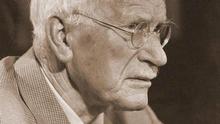


_thumb.png)

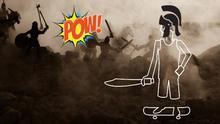







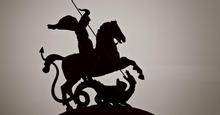

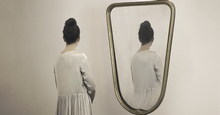
_thumb.png)
_thumb.png)
_thumb.png)


